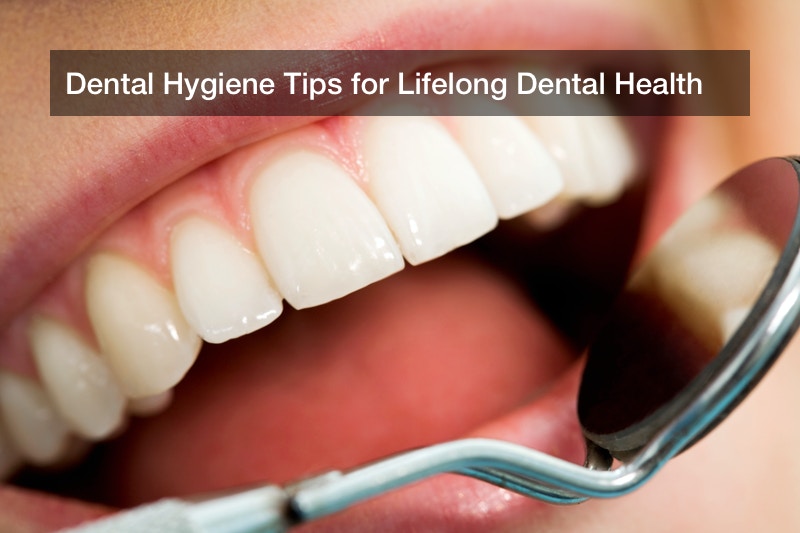
Dental Hygiene Tips for Lifelong Dental Health

It can be difficult to figure out how to find a good dental hygienist, especially if your insurance does not cover dental care. However, you should be able to find a dental clinic to help. They can also help you figure out oral hygienist vs dentist, which can also be confusing. A dentist might do your exam, but a dental hygienist is the one who will do the cleaning and polishing of your teeth. So when you go to the dentist, often you spend more time with the hygienist.
If you want to learn more about dental hygienists and what they do, you should look online. Whether you want to find a hygienist or learn how to become a dental hygienist, the information is available. So look at dentists’ office websites and college websites for information. These sites will be up to date and have the information you need in order to move forward, regardless of whether you’re looking to become a hygienist yourself or a patient. Either way, you’ll understand the importance of dental hygiene.
UPDATED 6/26/2020
Although the entire history of the toothbrush is uncertain, archaeologists have found evidence of bristle toothbrushes in the recent excavations of sites located in Africa and India. The oldest of these findings have been dated as early as the second century B.C. In China, toothbrushes made from hog bristles have been traced back to the Tang dynasty between the years 600 and 900 A.D. Before the word dentist was ever considered, early man was concerned with how to get good oral hygiene. Although good dental health is a relative term, by even considering how to remove unsightly gunk from their teeth shows that proper oral care has grown with civilization.
The first mass produced toothbrush in the West has been attributed to William Gaddis, an Englishman who, in 1770, fashioned his toothbrush from animal bone and hog hair while serving time in prison for inciting a riot. Among the various improvements made to the toothbrush over the following century and a half included the introduction of celluloid handles in 1900 and the first synthetic bristles in 1938. Good oral health care has proven itself to be lucrative for those who worked on perfecting the toothbrush.

The changes in toothbrush design that occurred between World War II and the 1980s were intended to complement the best teeth care routine. Common sense tells us that the proper way to brush your teeth is achieved with toothbrushes designed to improve access to difficult to reach tooth surfaces. This was the intention of Johnson and Johnson when the company unveiled the Reach toothbrush during the mid 1980s. The quest for how to get good oral hygiene was essentially reached (pun intended) with the introduction of this particular brand of toothbrush. Good dental health was finally achievable at home.
The curved Reach design made it easier for individuals to follow the best teeth care routine, by allowing them to thoroughly brush those stubborn second and third molars. Therefore, when used in conjunction with nylon floss, high quality fluoride toothpaste, proper brushing technique, and regular dental visits anyone can achieve maximum daily oral hygiene. Some of the best oral care was now available at home to those who used these products

Regardless of the types of toothpastes or brands of toothbrushes people choose, proper “round and round” brushing technique will always garner better results than using state of the art dental products with poor technique. This is the reason so many children are taught that brush your teeth round and round song that older people might recognize from Captain Kangaroo. The brush your teeth song Captain Kangaroo taught a generation of schoolchildren is so effective, parents teach their kids that song to this day to promote proper oral care. Using the proper brushing technique is one of the best oral care tips that can be passed on.
The history of daily oral hygiene, specifically the development of the dental tools we all take for granted, is fascinating. However, as long as a person uses a modern soft bristled toothbrush, the types of dental hygiene tools he or she uses is less crucial than abiding by smart oral care tips. The bottom line is lifelong good dental health is best achieved by proper brushing, flossing, rinsing, and visiting a dental hygienist every six months. Common dental hygiene recommendations are not all that surprising. In order to maintain good dental health, brush after every meal using the proper technique and floss every day. By abiding by the lessons of the brush your teeth song Captain Kangaroo taught us, you too can achieve good dental health.